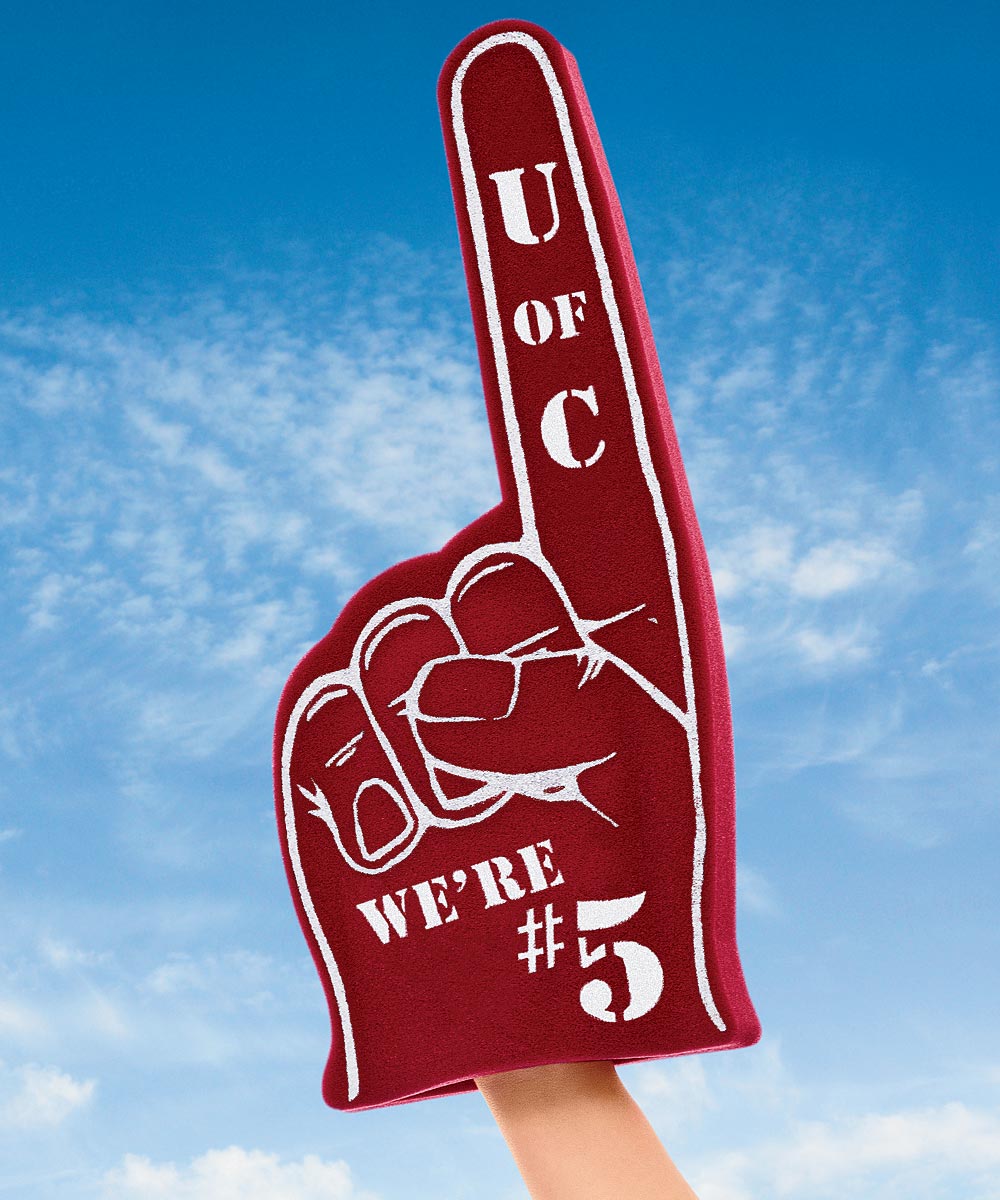You could almost hear the cheers rising from the verdant quadrangles of Hyde Park: In the fall of 2012, the University of Chicago landed higher on U.S. News & World Report’s widely read list of best colleges than any other Midwestern school in history. It ranked No. 4, behind only longtime Ivy League stars Harvard, Princeton, and Yale. This fall, however, the upward trend faltered. Columbia University pulled ahead. The U. of C. now ties with Stanford University at No. 5.
Sure, the slip was negligible. But if you think it went unnoticed, you have no idea how powerful such rankings have become. College deans today are obsessed with their school’s number because an excellent one draws the best students. “Prestige at colleges,” explains Jeffrey J. Selingo, author of College (Un)bound, an analysis of trends at U.S. universities, “is like profit at corporations.”
So when Robert Zimmer was appointed president of the university in 2006, he promptly instituted changes that would drive the number higher. (He plays down his personal interest in the rank: “You look at it, and you recognize that people pay attention to it.”)
Zimmer hired an ambitious new head of admissions, James Nondorf, in 2009. When he arrived on campus, Nondorf marvels, the university didn’t even recruit regularly at the high-achieving Winnetka high school New Trier: “There was this view that if you were ‘our kind of student,’ well then, you already knew about the University of Chicago,” Nondorf says. “And if you didn’t know about us, you weren’t.”
Nondorf doubled the size of the admissions staff, and the group got to work drumming up more applicants. (Switching to the Common Application, a near-universal college application, didn’t hurt, either.) The number of applications increased so much that the school’s acceptance rate—one of the factors in the U.S. News rankings—went from 39 percent in 2006 to 13 percent in 2012. (That’s still behind, say, Harvard, whose rate was 6 percent.)
The university also embarked on a “nearly $1.5 billion spending spree,” according to Crain’s Chicago Business, building everything from a new library to a new arts center. What’s more, as is typical among elite schools, the U. of C. worked to win the esteem of influencers: journalists, policymakers, and academics. The views of the egghead crowd are precious currency in part because a school’s reputation is given a hefty weight of 22.5 percent in the U.S. News rankings. (See usnews.com/rankings for full details of its methodology.)
The work paid off. “You listen to cocktail parties in certain circles,” says Selingo, “and you’ll hear ‘The University of Chicago is really on the rise.’ ”
So what caused the ranking to slip? According to Robert Morse, U.S. News’s director of data research, a major reason is that the publication gave more weight to graduation factors this year than last—they now account for 30 percent of a school’s total score—and the percentage of U. of C. students who graduate within six years is 92 percent. “Most schools would crave a 92 percent graduation rate,” says Morse, “but that’s relatively weaker than the competition in the top seven schools.” Harvard’s six-year graduation rate, for example, is 97 percent. A University of Chicago spokesman declined to comment.
And while even a minute change in rank may get some people chattering, many point out that going to a top five school—though a source of pride—is still only one part of a student’s decision to attend the U. of C. “Kids who came here for the rankings, they’re the ones who are walking around miserable,” says David Federman, a 2013 graduate. “The quirk factor is still what marries you to this school.”
Pulling Rank




